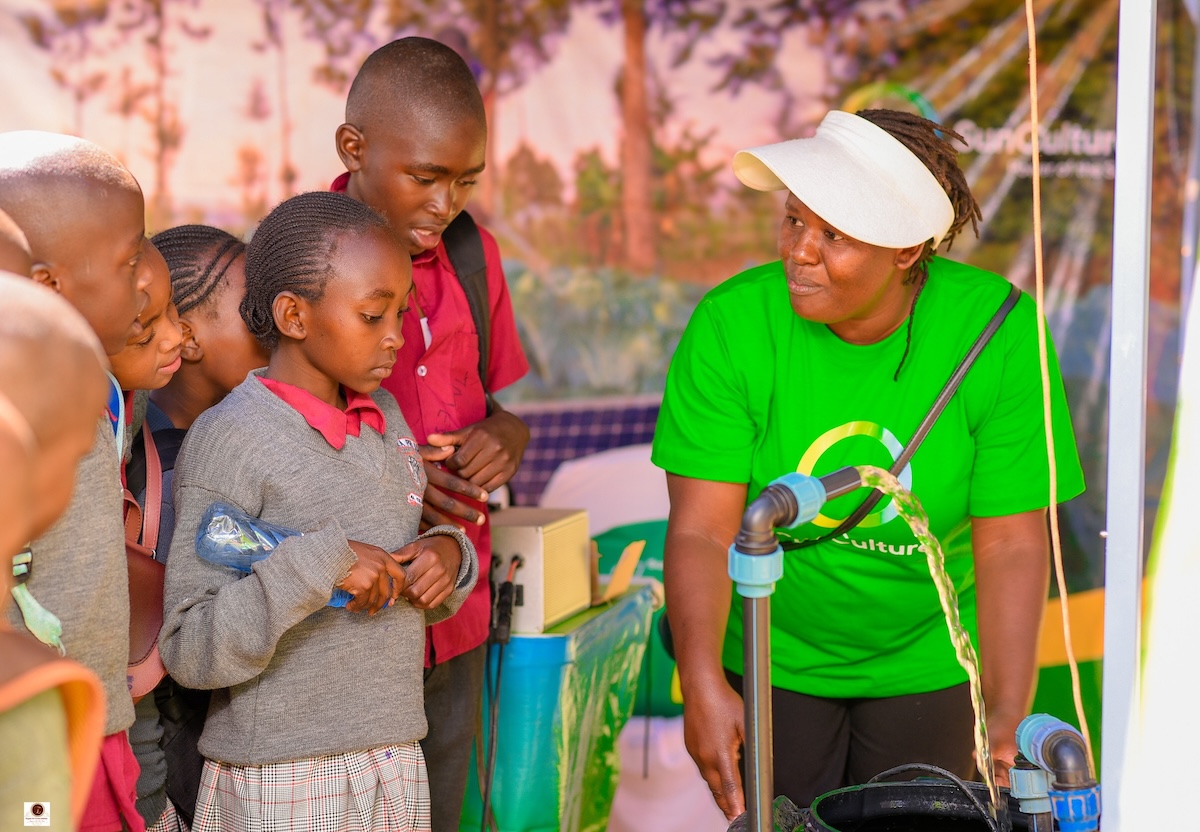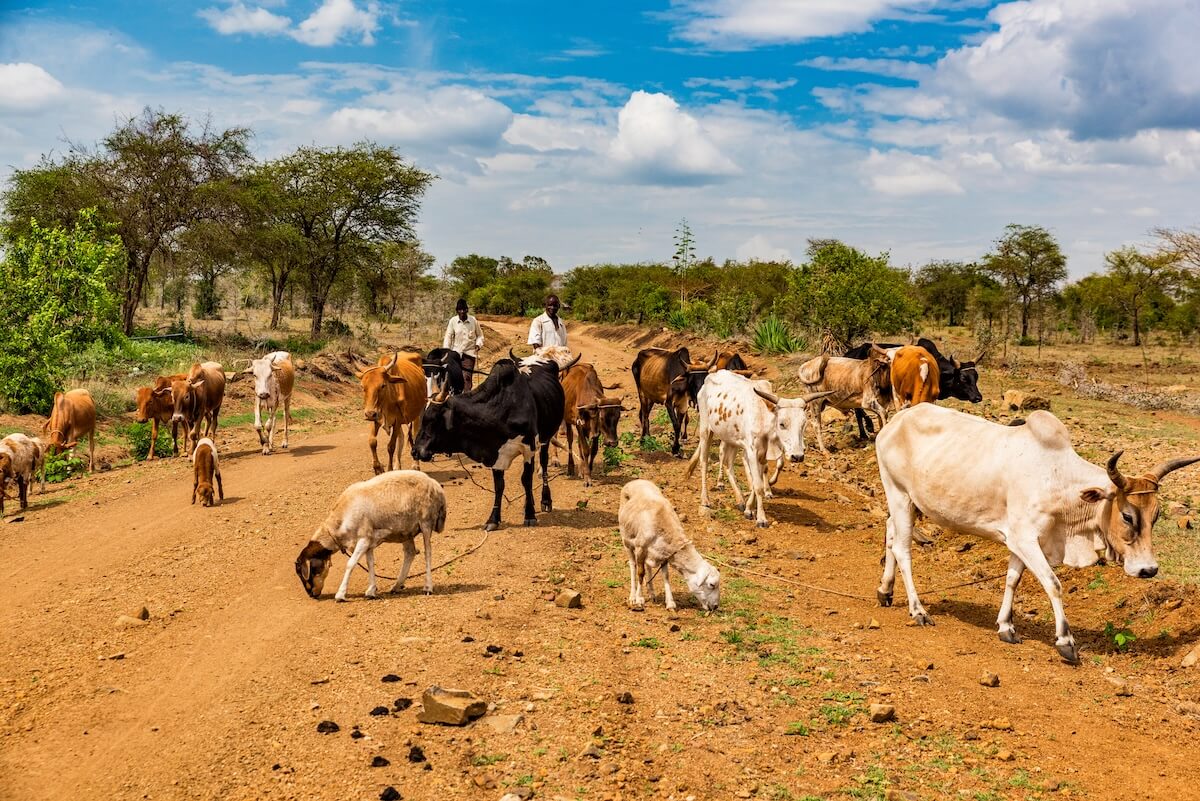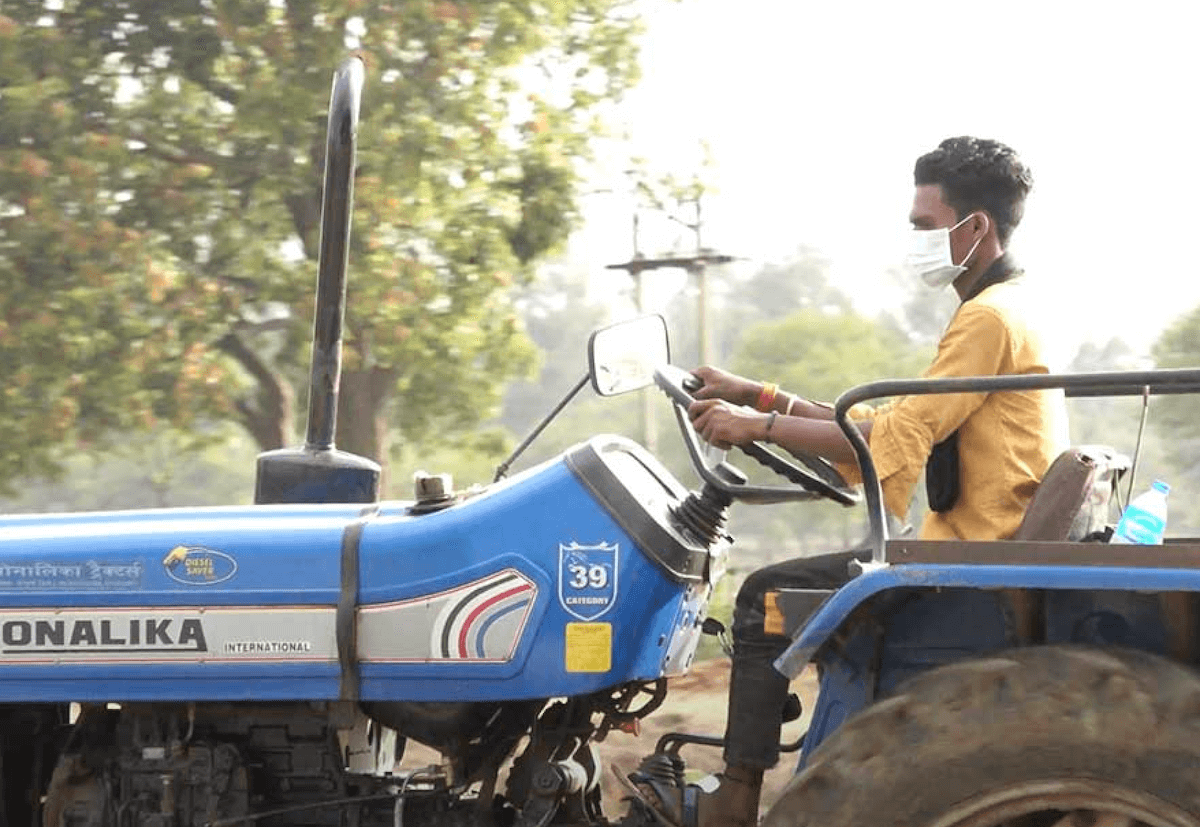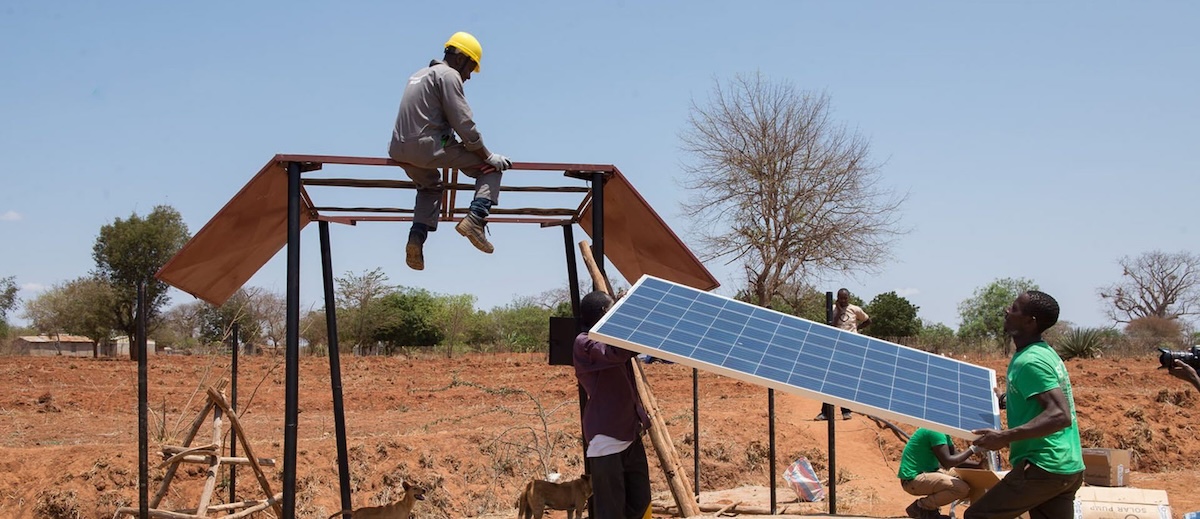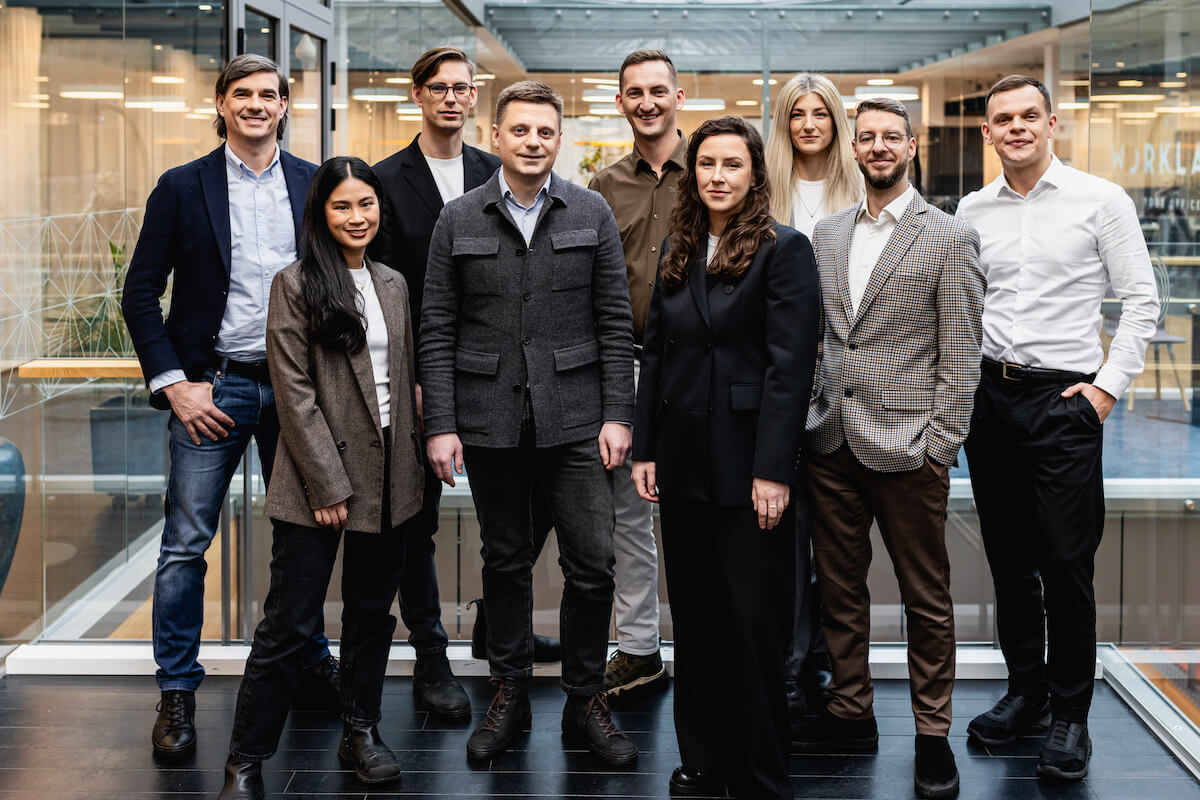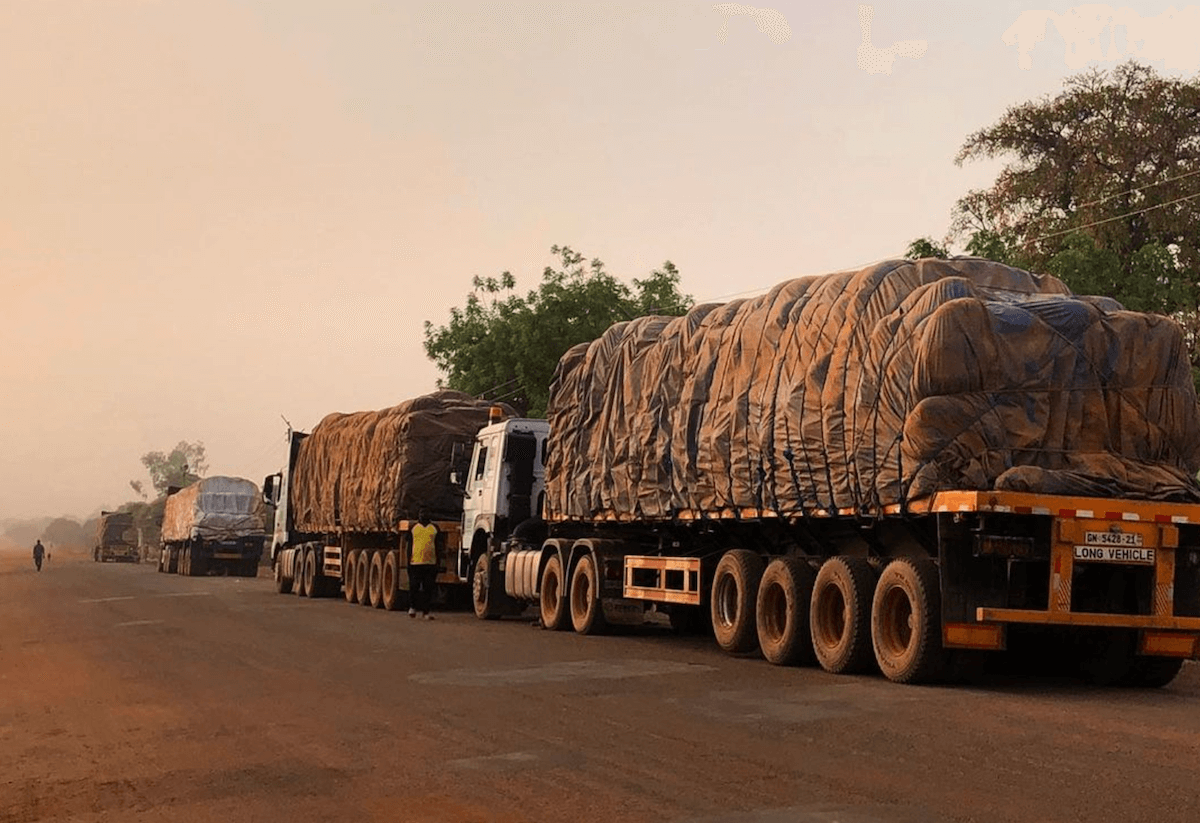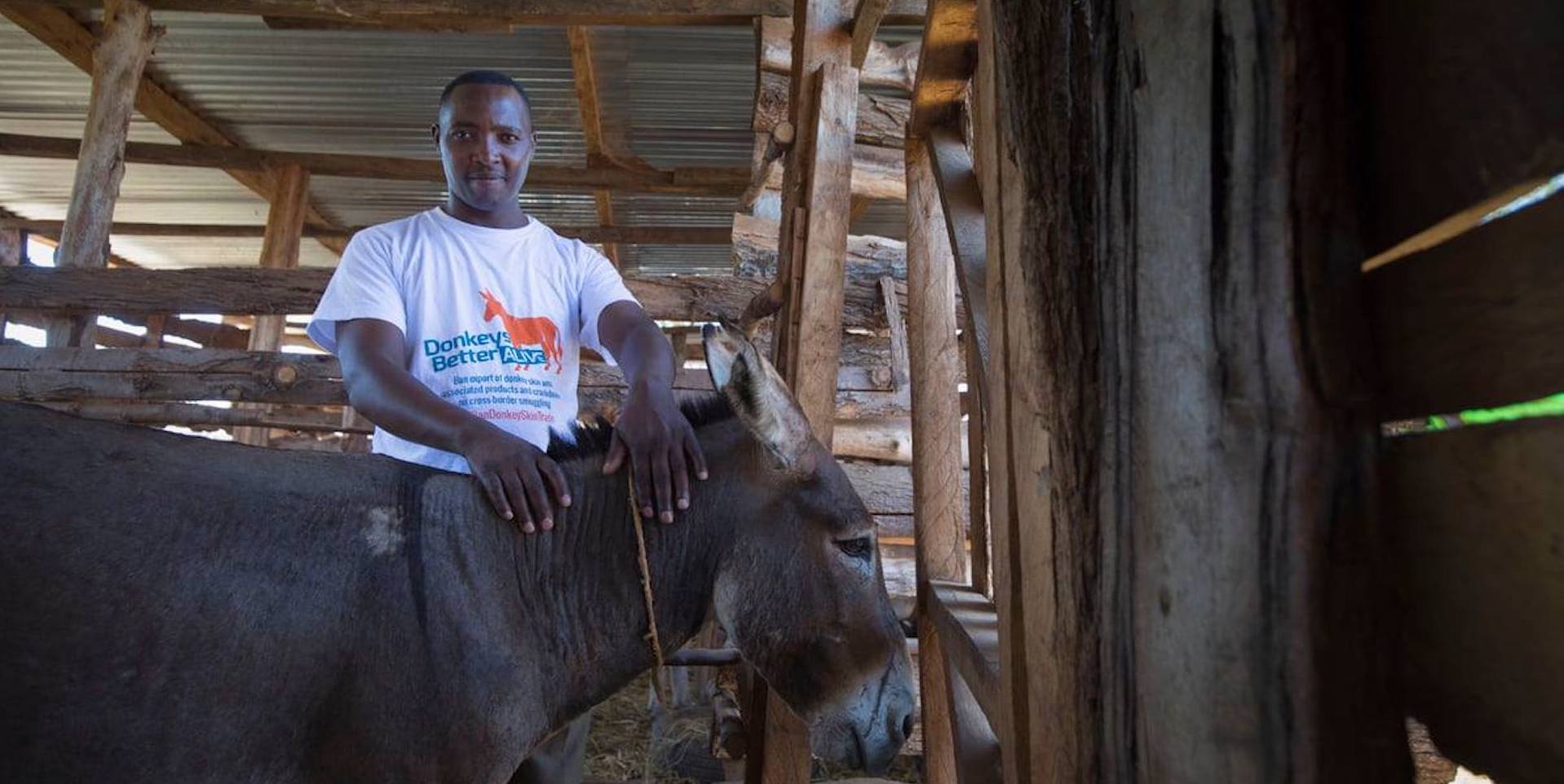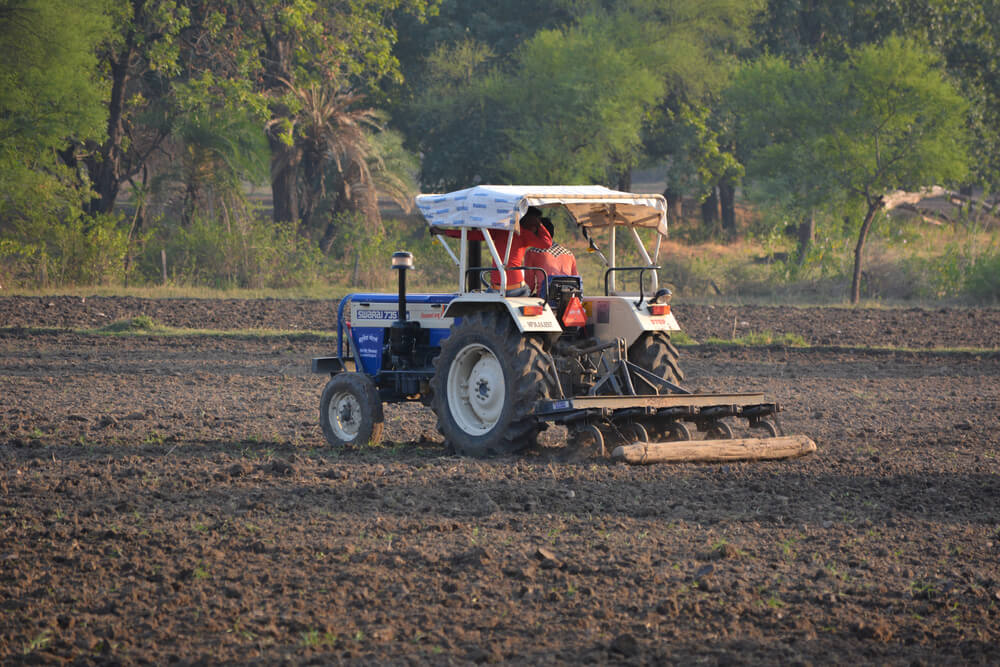In India, Mati Carbon is providing smallholder farmers with crop inputs that fertilize plants and sequester carbon.
In Kenya, SunCulture is helping farmers access solar irrigation systems to mitigate unpredictable rain patterns.
And in Myanmar, Proximity is working to give rice farmers an alternative to the toxic practice of field burning.
Climate-smart technologies are helping some of the world’s 500 million smallholder farmers adapt to climate changes and improve their livelihoods.
Startups are developing new crop and soil treatments, tougher seed varieties, renewably-powered farm machinery, field and weather monitoring and other ways to adapt to, and even profit from, climate-related changes.
Investors are using blended financing, concessional capital and technical assistance to scale access to new crop inputs, modern farm equipment, marketplace services and other tech-enabled interventions. Revenues from the sale of verified carbon credits are starting to lower costs for end-users of some of the new techniques, including SunCulture’s pumps.
“There’s plenty of opportunity and a role to play for everyone, no matter what type of capital or resources are at their disposal,” states a new report on the state of adaptation finance for smallholder farmers from AgFunder and ISF Advisors.
Adaptation capital spectrum
Nearly half of the world’s population depend on agriculture for their livelihoods and food needs. Smallholder farmers are particularly vulnerable to climate change because of the direct impacts of changing weather patterns and extreme-weather incidents and because financial markets and tech innovators have largely failed to respond to their needs. Just 5% of all climate finance goes toward adaptation; low- and middle-income countries need an estimated $212 billion more each year than what is currently available.
Venture capital and private equity is needed to build companies developing climate-smart technologies.
Grants and concessional capital are needed for product and market proof of concept.
Market-rate and concessional debt is needed to cover innovators’ working capital, equipment, inventory and import costs and to facilitate new channels of credit for their often low-income and underbanked customers.
Technical assistance facilities are needed to ensure farmers have the training and skill required to implement new technologies and practices.
Technology will be a driver in delivering and scaling climate adaptive agricultural practices. Just over $5.7 billion of the more than $200 billion in agrifood venture capital since 2012 has backed technologies enabling smallholder farmers’ climate transition. Investment has gone up over time, but not necessarily because investors are targeting adaptation interventions.
The opportunities for investment include hardware and deep tech, as well as soft tech, like back-end farm management systems, credit underwriting and digital lending, and tools that make supply chains more efficient.
Most companies don’t brand themselves as adaptation technologies, which can make adaptation tech hard to spot, Louisa Burwood-Taylor, AgFunder’s report author, tells ImpactAlpha. “There is a wealth of ways that agrifood tech can assist with climate adaptation.”
Drought-resistant seeds are obvious opportunities, she says. Other tools are less so, like online marketplaces or fintech that supports farmers’ financial resilience.
“Even investors who haven’t typically engaged in agriculture and food can find opportunities that are a fit for them,” Burwood-Taylor says.
Catalytic capital
In emerging markets, 95% of climate finance for smallholder farmers comes from the public sector and development finance institutions. Just a dozen or so investment funds, including Acumen’s Resilient Agriculture fund, Gawa Capitals Kuali Fund, BFA Global’s Catalyst Fund, and the multinational Green Climate Fund, deliberately target agri-adaptation opportunities, notes Burwood-Taylor.
BFA Global’s Catalyst Fund notes that patient and concessional capital is especially crucial in Africa, where climate tech startups need three years of “soft capital” on average before raising pre-seed equity rounds.
Nigeria’s Releaf, whose software and network aims to streamline Africa’s palm oil supply chain, relied on grants from USAID and the Challenge Fund for Youth Employment to get it to its $2.7 million seed equity round in 2022.
Heifer International provided a $4.5 million grant to Hello Tractor to help farmers in Nigeria, Kenya and Uganda. The global nonprofit estimates that as much as 50% of Africa’s agricultural “yield gap” could be bridged with more tractors. A recent report details how Hello Tractor was able to secure an additional $7 million in private capital to expand the presence of its tractor-for-hire booking service in all three markets.
Social enterprises similarly depend on patient and concessional capital in other tough markets. Non-profit farm tech designer and financier Proximity relies 80% on philanthropic funding and 20% on sales of its products to help Myanmar’s smallholder farmers access climate-smart technologies, like its solar irrigation pumps and a new soil input that it designed to stop the “centuries -old” practice of open rice-field burning.
“As well as making the air unpleasant to breathe, causing widespread health problems, and contributing to climate change, it also ravages the soil, robbing it of nutrients and making it hard and very difficult to till,” the Proximity team explains of the practice. Shifting farmers to regenerative approaches is difficult because “it takes a long time to reap the financial benefits.”
A trial of its new crop input enabled farmers to recoup the $25 cost within 30 days, because their fields required less tilling and treatment, and yielded a 10% increase in incomes within one season.
Carbon capital
The voluntary carbon markets were seen as a promising means to shuttling capital from corporations looking to lower their carbon footprints to local communities stewarding conservation and restoration efforts. Recent exposes of inflated carbon counting, poor transparency and questionable projects have created a backlash.
But that isn’t deterring social entrepreneurs from engineering new ways to help farmers capitalize from the lucrative business of corporate emission offsets. ThriveAgric is partnering with Rabobank’s smallholder farmer-focused Acorn group to transition 30,000 Nigerian farmers to sustainable agroforestry practices and link them directly to buyers of the carbon credits they generate. SunCulture is using credits generated from avoided emissions from diesel-powered irrigation systems to reduce the price of its small solar irrigation pumps.
Mati Carbon is delivering to farmers income from higher-priced carbon credits, generated from the use of its basalt-based soil additive that permanently sequesters carbon. A two-year pilot of its field input with rural farmers in the Chhattisgarh state of central India yielded the first 50 tons of carbon removals, sold to buyers in the Frontier network of tech and corporate heavyweights, while increasing crop yields by 20% and increasing farmers incomes by at least 25%. Profits from the sale of carbon credits were returned to farmers.
The pilot, writes Ashish Kumar, a climate investor and strategic advisor to Mati Carbon, “demonstrated that it is possible to deliver durable carbon removal to corporate buyers while providing a scalable platform for boosting income, climate adaptation/resilience, and food security for smallholder farmers in India and the Global South.”

